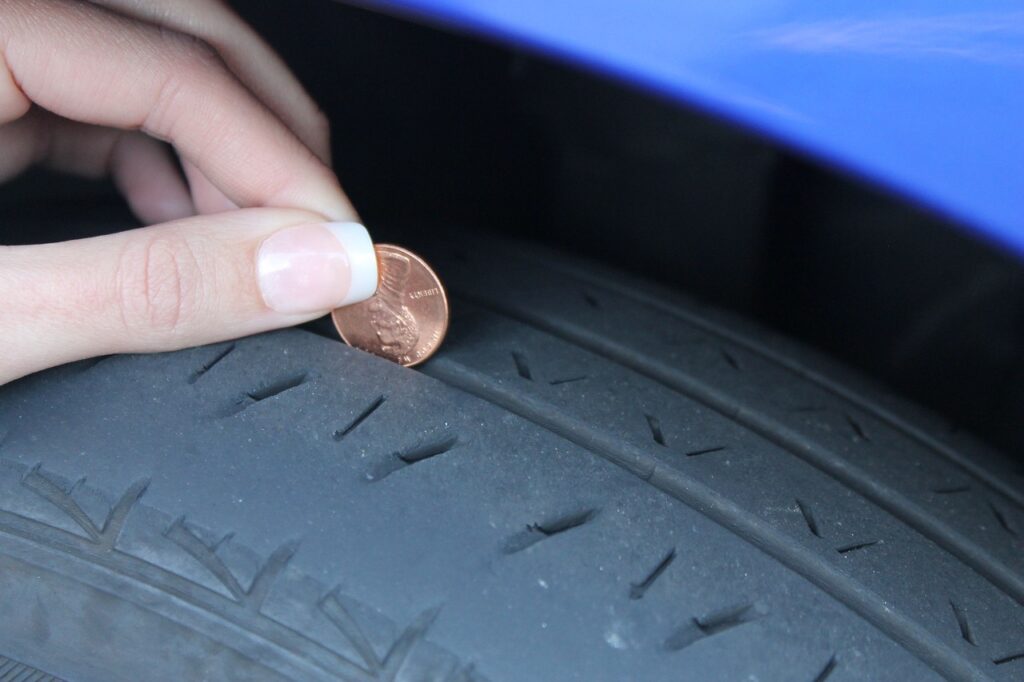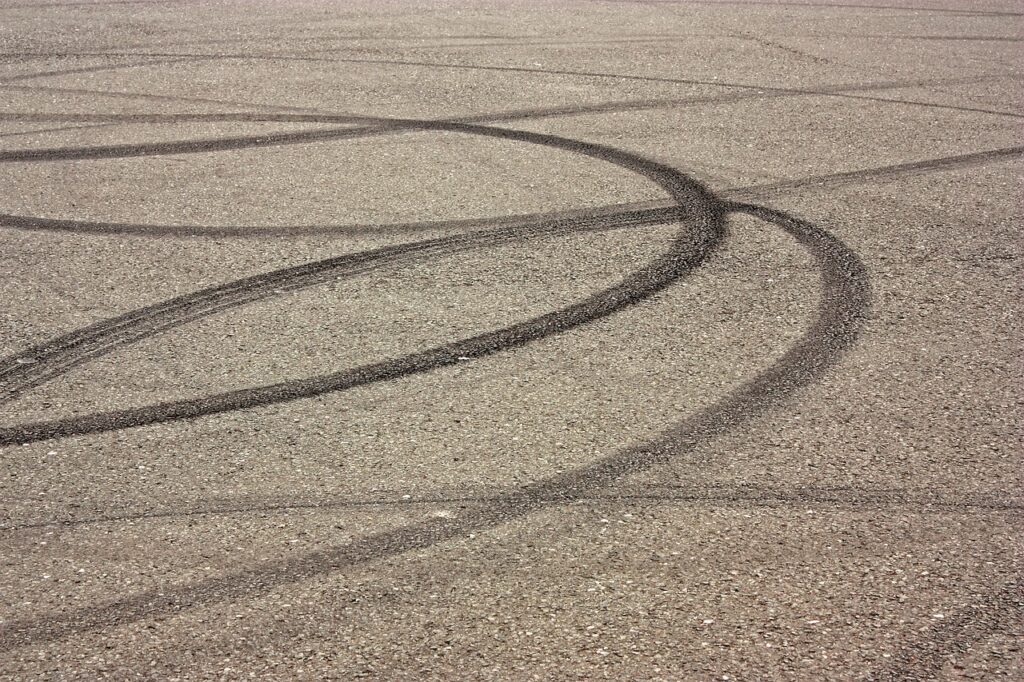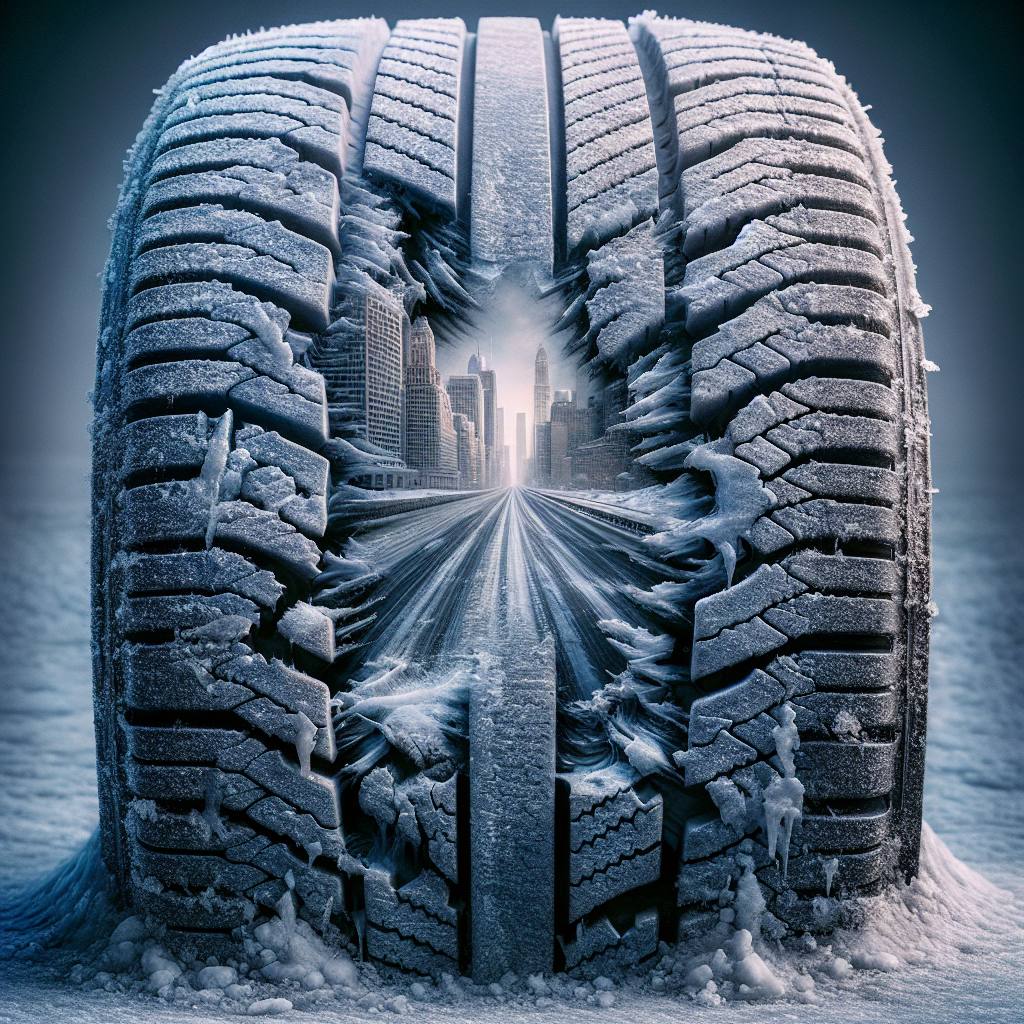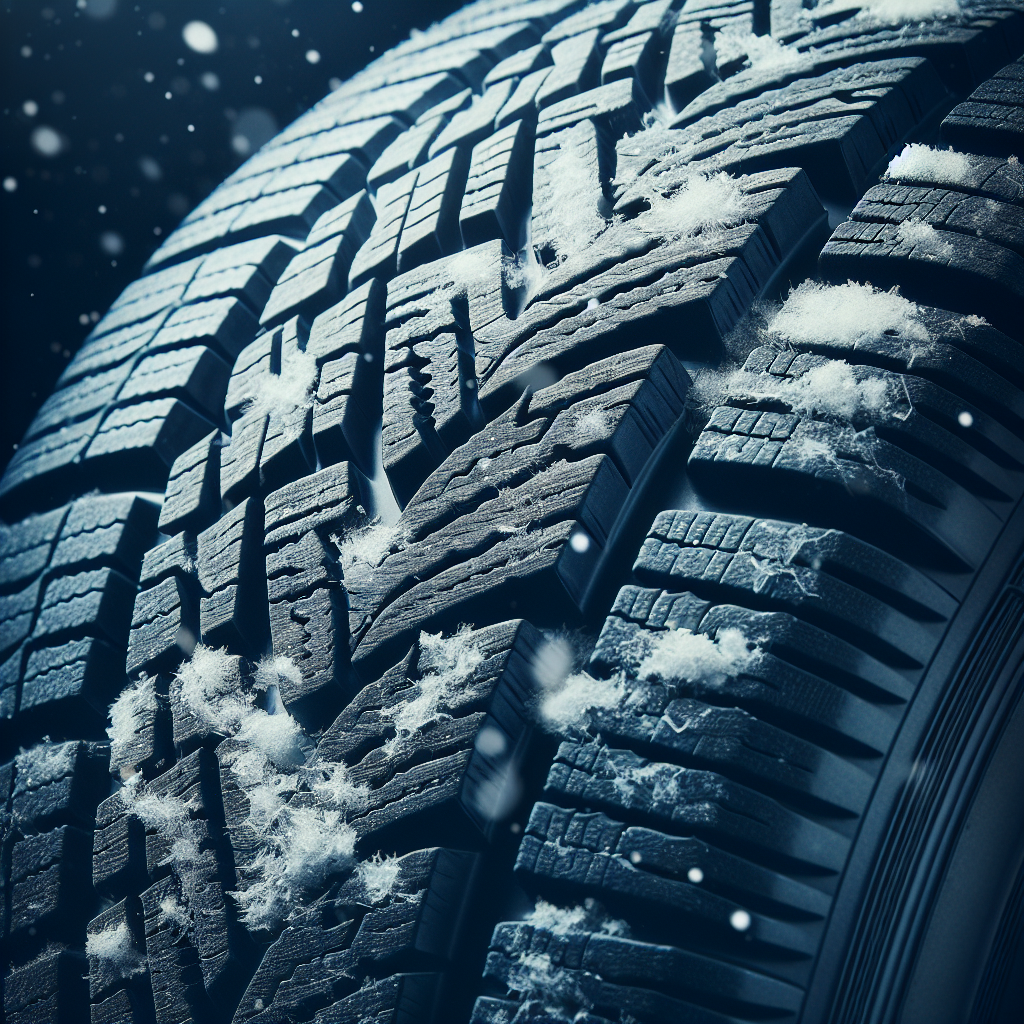Are you winter-ready? As temperatures drop and snowflakes start to fall, it’s crucial to ensure your tires are up to the task of navigating icy roads. In this article, we’ll explore the signs of excessive wear on winter tires, helping you identify when it’s time to swap them out for a safer option. Don’t get caught slipping and sliding this winter – let’s dive into the telltale signs that your winter tires may need replacing.
Signs of Excessive Wear on Winter Tires
Winter Tires: Your Key to Safety
Winter is a beautiful season, bringing snowflakes, cozy blankets, and cups of hot cocoa. However, it also brings challenging road conditions, making it crucial for you to equip your vehicle with the right tires. winter tires are specifically designed to provide optimal traction and control on icy and snowy roads, ensuring your safety during the cold months. But like any other tires, winter tires also go through wear and tear. To ensure that your winter tires continue to perform at their best, it’s important to know the signs of excessive wear. In this article, we’ll guide you through the key indicators that will help you determine if it’s time to replace your winter tires.
Uneven Tread Wear
One of the most obvious signs of excessive wear on winter tires is uneven tread wear. Take a close look at the tread pattern of your tires; it should have an even wear pattern across the entire surface. If you notice any unevenness, such as more wear on the edges or center of the tread, it’s time to have your tires inspected by a professional. Uneven tread wear can negatively impact your tires’ performance, compromising their ability to grip the road and navigate safely in wintery conditions.

Insufficient Tread Depth
The tread depth is a critical factor in determining the traction and grip of your winter tires. When the tread depth becomes too shallow, it significantly reduces the tires’ ability to channel away water, slush, and snow effectively. A lack of proper drainage can lead to hydroplaning, making your vehicle more susceptible to skidding and losing control on wet or icy surfaces. To check the tread depth, you can use the penny test. Simply insert a penny into the tread grooves with Lincoln’s head facing downward. If you can see the top of Lincoln’s head, it’s an indication that the tread depth is too shallow, and it’s time to replace your winter tires.
Cracks and Bulges
Inspecting your winter tires regularly is essential to catch any signs of excessive wear. Look for cracks or cuts on the tire sidewalls, as well as any bulges or blisters. These visual indicators could indicate damage to the structural integrity of the tire, making it more prone to failure while driving. If you spot any of these issues, it’s crucial to have the tires checked immediately, as driving on damaged tires poses a significant safety risk.

Loss of Grip and Traction
As winter tires age and wear, their ability to provide optimal grip and traction begins to diminish. This can be experienced as reduced responsiveness while cornering, longer stopping distances, or a general lack of stability on slippery surfaces. If you start noticing a decrease in your tires’ performance, especially in winter driving conditions, it may be a sign that your tires have reached their maximum wear limit. Replacing them in a timely manner is essential to maintain your safety on the road during the winter season.
Excessive Vibration or Noise
While some level of vibration and noise is expected when driving on winter tires, an excessive amount can be a warning sign of wear. If you notice an increase in vibrations, especially at higher speeds, or if you hear unusual noises coming from your tires, it’s important to inspect them for any damage or wear. Excessive vibration can indicate a problem with the tire’s internal construction, and unusual noises may suggest issues with the tread.

Weathering and Age
Even if your winter tires haven’t clocked a significant number of miles, they can still be affected by weathering and age. Exposure to sunlight, extreme temperatures, harsh chemicals, and prolonged storage can cause the rubber compounds to deteriorate over time. Cracking, hardening, or a change in the tire’s overall appearance can be signs of weathering. Additionally, most tire manufacturers recommend replacing winter tires after six or seven years, regardless of their level of wear. It’s important to regularly inspect your tires for these signs and consult with a professional to ensure your safety.
The Importance of Regular Maintenance
While understanding the signs of excessive wear on your winter tires is crucial, regular maintenance is equally important. Make it a habit to check your tires on a regular basis, looking for any signs of wear or damage. Proper tire inflation is also vital, as under-inflated or over-inflated tires can lead to accelerated wear and compromised performance. Ensuring that your winter tires are properly aligned and rotated will also help to maximize their lifespan and maintain optimal performance.

When to Replace Your Winter Tires
As a general rule, winter tires should be replaced when they reach a tread depth of 6/32 of an inch or less. This level of wear significantly reduces their ability to grip the road and navigate safely in winter conditions. However, it’s important to consult with a tire professional to assess the condition of your specific tires, as different tire models and brands may have varying recommendations for tread depth replacement.
Stay Safe and Aware
Your safety on the road during the winter season depends on the condition of your winter tires. By being vigilant and knowledgeable about the signs of excessive wear, you can take proactive steps to maintain the performance and safety of your tires. Remember, winter tires are an investment in your safety and the safety of others, so it’s important to prioritize their maintenance and replacement when necessary. Stay safe, stay aware, and enjoy the winter wonderland with confidence.


